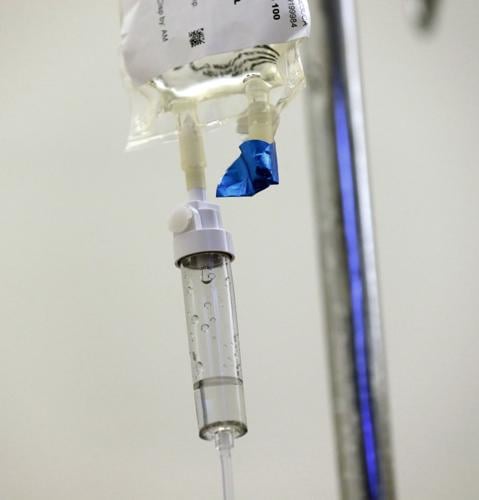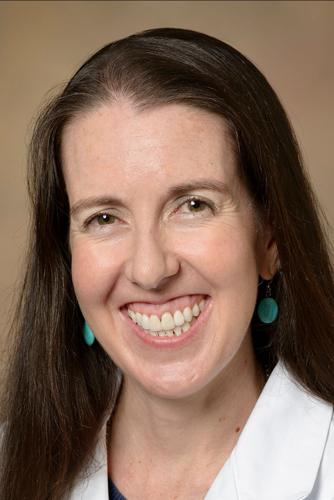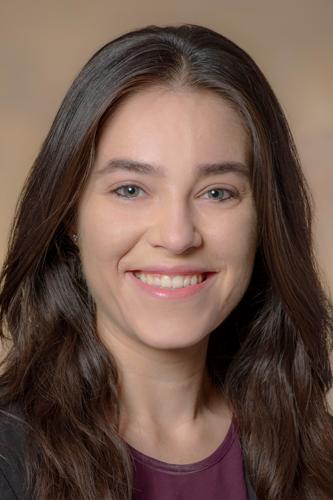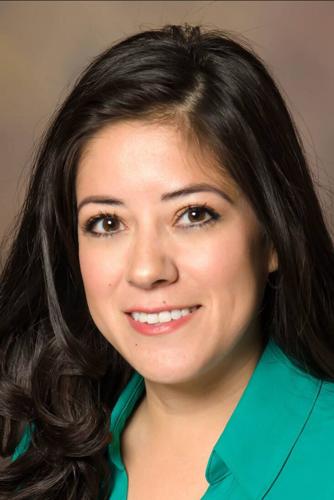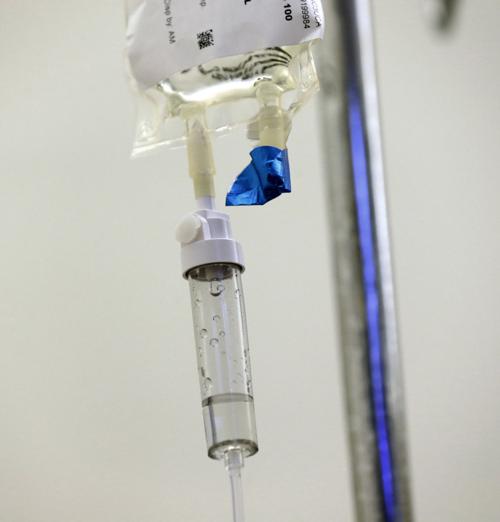UA researchers examined data from nearly 170,000 women and found that Indigenous women with early-stage breast cancer had a higher percentage of mastectomies than lumpectomies compared with white women.
The research team used data from the Centers for Disease Control and Prevention, the National Cancer Institute and Indian Health Service, said Dr. Jennifer Erdrich, a surgeon and assistant professor of surgery in the University of Arizona College of Medicine.

Jennifer Erdrich, MD, MPH, is an assistant professor of surgery in the UArizona College of Medicine – Tucson.
Erdrich led the team in the study, which does not establish what is driving the disparities in care. The surgeon said further studies will be done to find out the causes.
The American Indian women in the study live on reservations across the United States and get their care through Indian Health Service, which sends the women to regional medical centers for cancer treatment.
Research team members Felina Cordova-Marks, an assistant professor in the UA Mel and Enid Zuckerman College of Public Health, and Angela Rosé Monetathchi, a graduate student studying cellular and molecular medicine, hypothesized that a mix of geographic and socioeconomic factors contribute to the problem. The largest disparity was for Native American women living in the Northern Plains and Alaskan tribal lands, said Cordova-Marks.

Angela Rosé Monetathchi is a graduate student studying cellular and molecular medicine.
Among plausible causes may be the patients not fully knowing the treatment plans; distance and transportation to the medical centers; financial cost; medical mistrust; and a mastectomy requires less follow-up visits and post-operative care, which will cut down on loss of work and need for child care, said Cordova-Marks, who has a doctorate in public health.
Historically, the Indigenous have experienced trauma from the medical system and there is a lack of trust in doctors, which may have the women choosing a mastectomy because it is definitive and there are fewer encounters with the medical system, explained Erdrich.
Erdrich said the study compared early-stage breast cancer and late-stage breast cancer with similar characteristics in each stage, and the data showed a huge discrepancy in treatment between mastectomies and lumpectomies. The data shows women diagnosed with invasive breast cancer from 2010 to 2015 by race and ethnicity, surgical procedure, radiation and geographic region. In total, the study looked at 3,292 Indigenous women and 165,225 white women.
The researchers found that Native American women with early-stage breast cancer had a higher percentage of mastectomy — 41% versus 34.4% — and a lower percentage of lumpectomy — 59% versus 65.6% — compared with white women.

Felina Cordova-Marks, DrPH, MPH, MS, is an assistant professor in the UArizona Mel and Enid Zuckerman College of Public Health.
The data shows geography matters with women in the Northern Plains and Alaska who experience the most significant difference with 47%-49% of women receiving a mastectomy compared with 33%-36% of white women in the same region.
Erdrich said what started the study was a conversation with other surgeons who are seeing more mastectomies among Indigenous women for what might otherwise be treated by lumpectomy, and the researchers began looking at data to find out if that was the case.
“Amongst the various possibilities, I am concerned that the known underfunding of the IHS might be restricting the options that American Indian women and their providers have when deciding between lumpectomy and mastectomy, though this is not the type of study that can establish whether or not that is true,” said Erdrich.
A 2003 U.S. Commission on Civil Rights report, “A Quiet Crisis”, highlights federal funding and unmet needs in Indian Country. The report says Health and Human Services funding “has not been sufficient to address the basic and very urgent needs of Indigenous peoples.”
Cordova-Marks said patients could benefit from increased funding and resources for tribes and their cancer programs, which would enable better coordination between tribal programs and larger medical centers.
Erdrich explained that she and Cordova-Marks and Monetathchi are Indigenous researchers and scholars who “care about communities we come from and we wanted to know if the data supported our observations. We felt it was really important to find information and share it and use it as a call to action to try and improve the surgical management and treatment of breast cancer for Native American women.”
“From my perspective there is a need for training for medical schools and medical students coming through the pipeline as far as cultural competency and sensitivity goes toward treating Indigenous,” said Cordova-Marks. She said medical schools also need to prioritize the recruitment and retention of Native American medical students.
Researchers Erdrich is Turtle Mountain Chippewa, Cordova-Marks is Hopi and Monetathchi is Comanche. It took three years for the researchers, who were not funded for the study, to complete their work.
Photos: Electronic brain installed at UA in 1957

An IBM 650 computer (or "electronic brain") was installed in three parts in the University of Arizona Engineering Experiment Station in 1957.

A photographer's effort to spruce up a dull computer. An IBM 650 computer (or "electronic brain") was installed in three parts in the University of Arizona Engineering Experiment Station in 1957.

A photographer's effort to spruce up a dull computer. An IBM 650 computer (or "electronic brain") was installed in three parts in the University of Arizona Engineering Experiment Station in 1957.

A photographer's effort to spruce up a dull computer. An IBM 650 computer (or "electronic brain") was installed in three parts in the University of Arizona Engineering Experiment Station in 1957.

An IBM 650 computer (or "electronic brain") was installed in three parts in the University of Arizona Engineering Experiment Station in 1957.

An IBM 650 computer (or "electronic brain") was installed in three parts in the University of Arizona Engineering Experiment Station in 1957,


